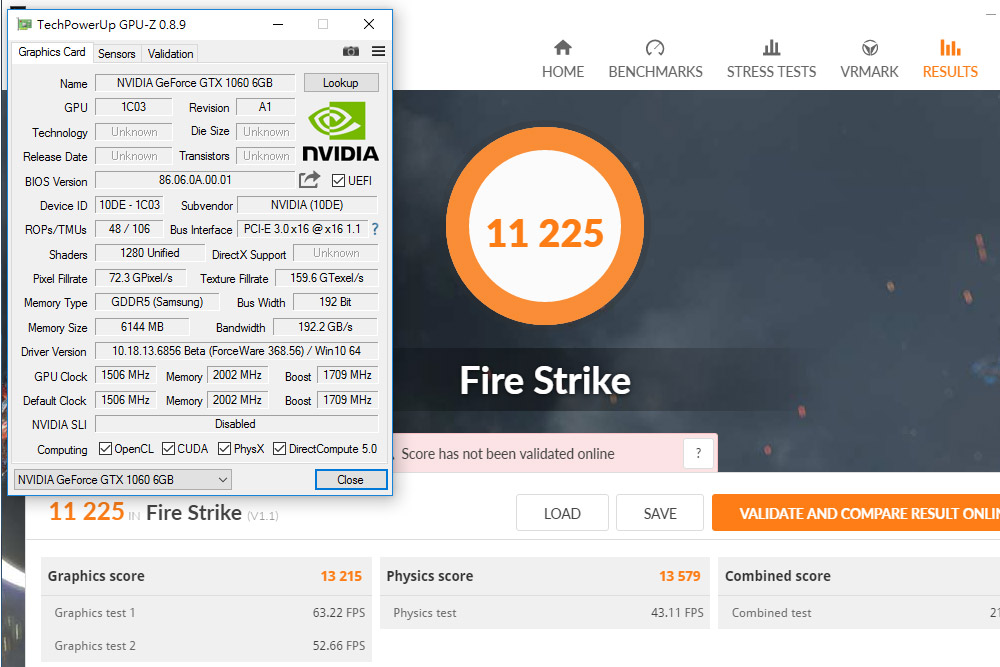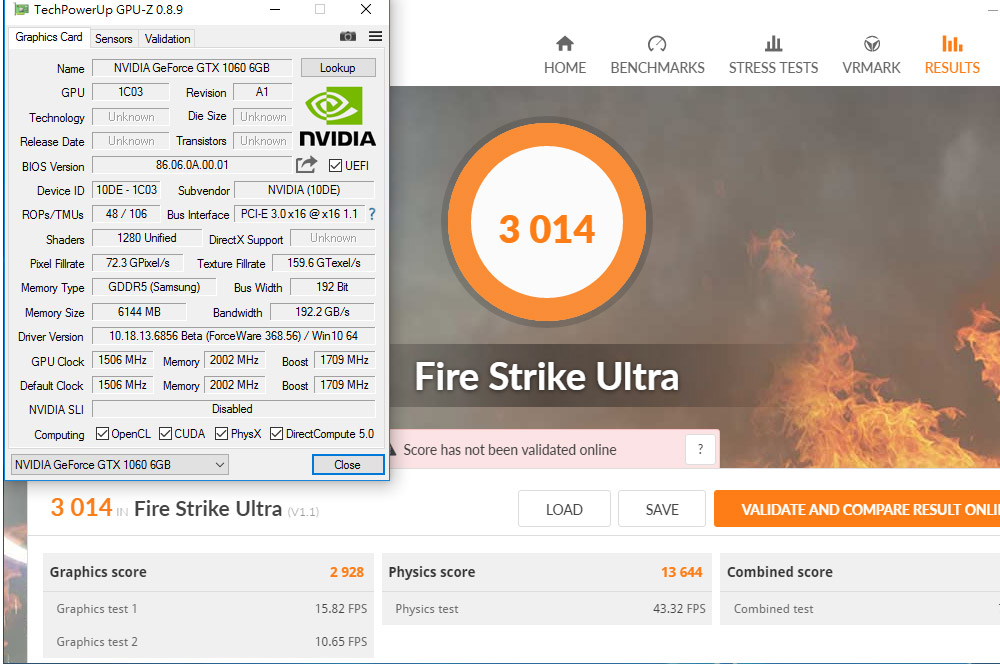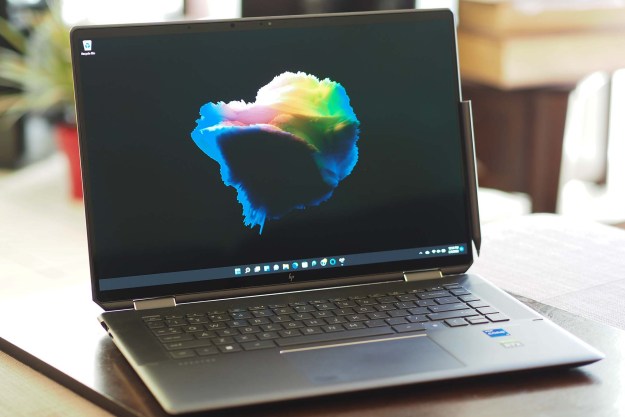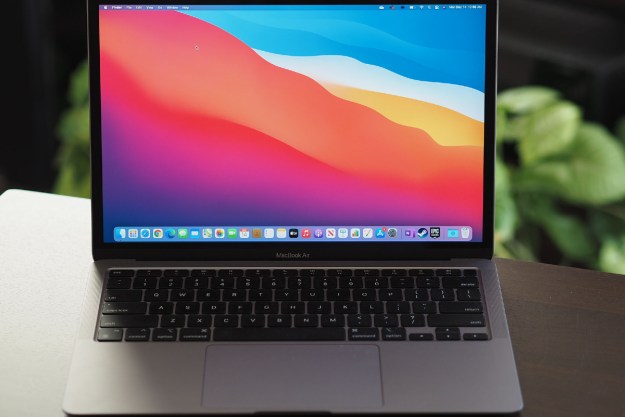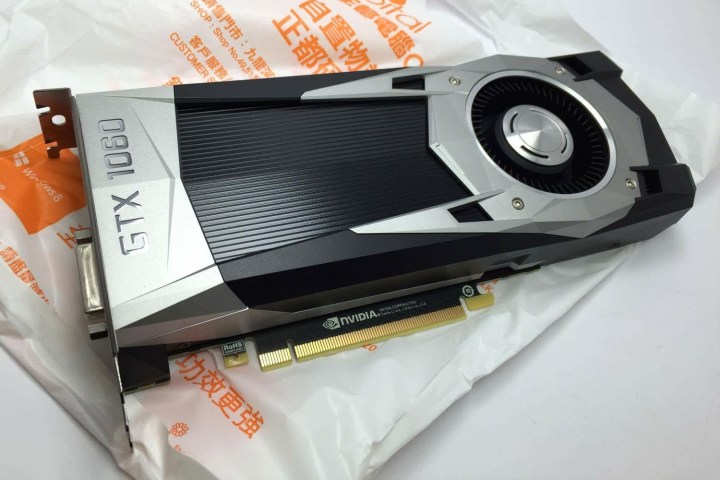
The GTX 1060 is an important card for Nvidia. Though much less powerful than the high-end GTX 1080 and 1070, it needs to be affordable and have decent performance in order to compete directly with AMD’s RX 480, which has reviewed well among critics and fans alike for offering good bang for buck.
Fortunately, it looks like if Nvidia prices the GTX 1060 sensibly it will fare very well up against whatever AMD has to offer. According to the Xfastest screenshots (via Guru3D), the GTX 1060 comes packing 1,280 shaders, 6GB of GDDR5 memory and has a clock speed of 1,506MHz that boosts up to 1,700MHz.
That shows a lot of potential and could edge close to 2GHz with decent cooling and in the hands of an experienced overclocker.
Related: Good luck finding a GTX 1070 today
However it’s the benchmark numbers that are most illuminating. In Firestrike Ultra, it managed 3,014 points, close to 300 more than the RX 480 in a similar build. It also managed 11,225 points in Firestrike Performance, more than 700 points higher than the RX 480.
Of course this doesn’t paint the GTX 1060 as some world-destroying beast — it leaves that role to its more powerful and far more expensive bigger brothers. But this performance does show it as competitive with AMD’s latest release, which is where it needs to be to do well.
Although these benchmarks are just one look at the GTX 1060 in one benchmark with specific hardware that may not be equivalent to the RX 480 testing, it suggests they are quite close in performance. Due to the usual popularity of Nvidia products over AMD, if Nvidia can have the GTX 1060 priced around the $200-$250 mark, it could do very well indeed.
Are you hanging onto this generation to buy a GTX 1060?
